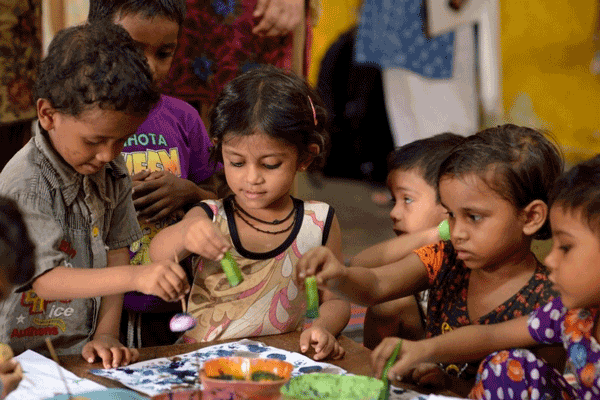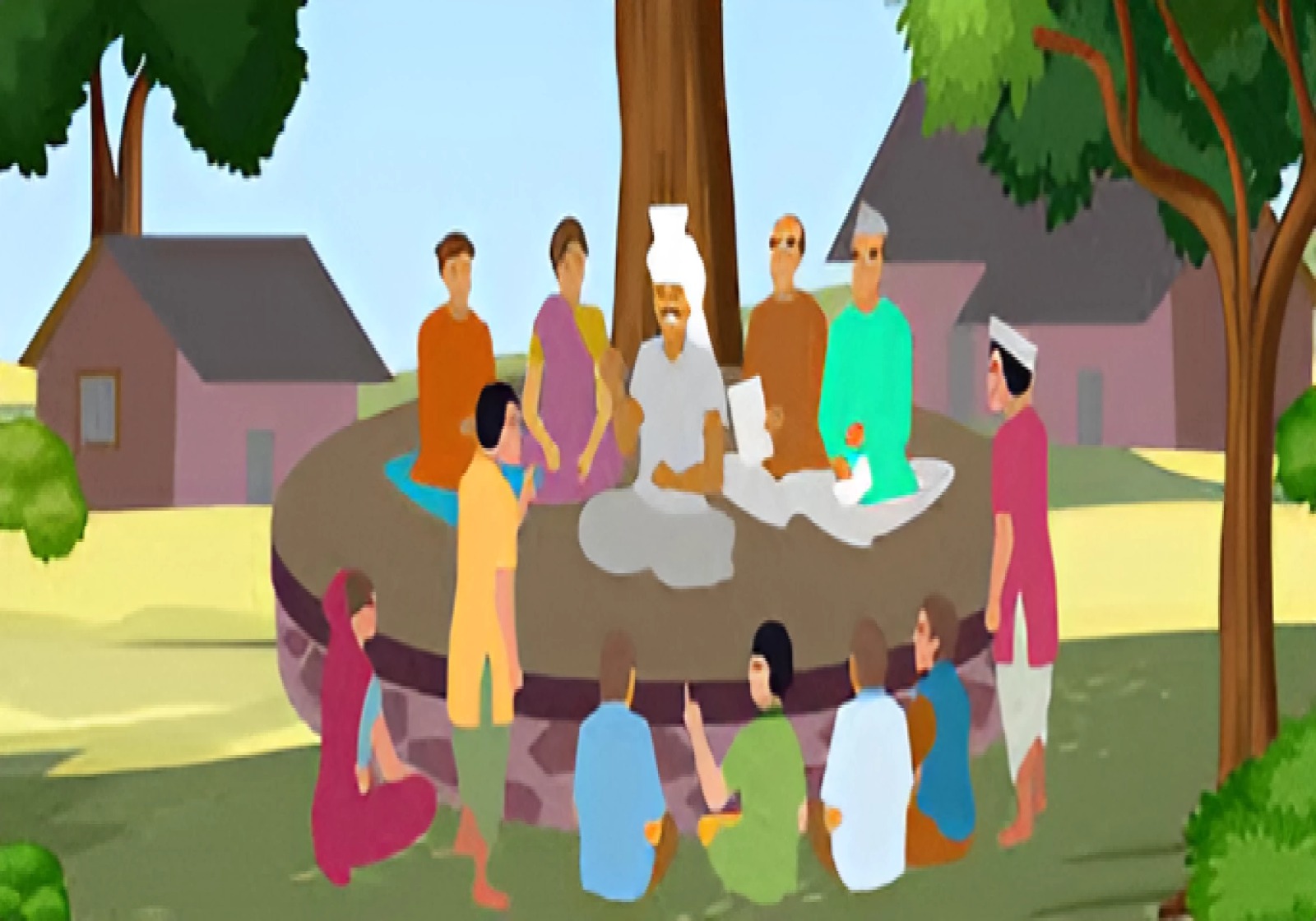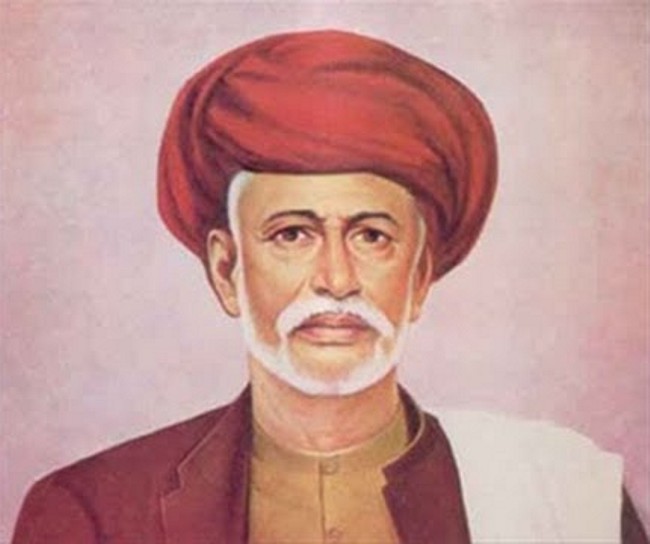
The growing trend of nuclear families together with rising women workforce participation requires immediate implementation of established child care facilities. Joint family systems that used to provide care basis support are no longer prevalent so day-care services became vital. The childcare institution Palna provides institutional care during this period of social transformation. The scheme operates through state and central government joint efforts so it harmonizes with health services and educational programs and nutritional services.
Context:
-
As part of Mission Shakti the Palna Scheme represents a revolutionary Government of India project to solve concurrent women workforce issues while improving child care operations.
-
The program offers affordable child care facilities with excellent standards for children between 6 months old and 6 years old so both mothers can work and society becomes more gender-sensitive.
-
The scheme operates through state and central government joint efforts so it harmonizes with health services and educational programs and nutritional services.
Key Points:
-
Scheme Structure and Funding:
-
The program has existed under the 'Samarthya' sub-scheme of Mission Shakti since 2022.
-
The program receives funding distribution as Centrally Sponsored Scheme where Center and States share 60:40 but NE and Special Category States share 90:10 and UTs without legislatures receive full funding from the Center.
-
Objectives:
-
Crèches at Palna provide safe child care services to children between 6 months old and 6 years old.
-
The scheme strives to support child health and expand nutrition access and advance cognitive development in young children.
-
Every year check that working women receive proper child facilities according to the Maternity Benefit Act regulations.
Key Services Provided:
-
The provision of day-care rest and sleeping facilities along with hygiene accommodations forms part of the services.
-
Early stimulation (below 3 years) and pre-school education (3-6 years).
-
Day care facilities combine health care checks and nutrition services and growth assessment together with vaccination procedures.
-
Crèche timings: 7.5 hours per day, 26 days/month; locally adjustable.
Types of Crèches:
-
Standalone Crèches: Independent facilities with dedicated staff.
-
Anganwadi cum Crèches (AWCCs): Leverage existing Anganwadi infrastructure.
-
The government aims to open 17,000 AWCCs in the fiscal year 2024-25 although March 2025 shows the approval of over 11,000 crèches.
Implementation Guidelines:
-
Child-centric safety and hygiene protocols.
-
Emphasis on local accessibility (near residence or workplace).
-
The program integrates health services through Asha/PHC and Poshan 2.0 initiatives.
Conclusion
Through the Palna Scheme women can enter the workforce while maintaining their parenting duties because it provides solutions for child care. The initiative enables professional caregiving for children so it helps achieve Sustainable Development Goals particularly SDG 8 and drives inclusive economic progress through quality child care services for every child.



 Telangana Becomes First State to Enforce SC Sub-Categorisation with 2025 Act
Telangana Becomes First State to Enforce SC Sub-Categorisation with 2025 Act Operation Chakra V: Tackling Digital Arrest Cyber Frauds in India
Operation Chakra V: Tackling Digital Arrest Cyber Frauds in India Dr. B.R. Ambedkar’s 135th Jayanti: Legacy of India's Constitution Maker
Dr. B.R. Ambedkar’s 135th Jayanti: Legacy of India's Constitution Maker Naxalmukt Bharat Abhiyan: From Red Zones to Growth Corridors
Naxalmukt Bharat Abhiyan: From Red Zones to Growth Corridors First Panchayat Advancement Index (PAI) Report Released – Gujarat & Telangana Lead
First Panchayat Advancement Index (PAI) Report Released – Gujarat & Telangana Lead Niveshak Didi Initiative Phase 2 Launched to Promote Financial Literacy Among Rural Women
Niveshak Didi Initiative Phase 2 Launched to Promote Financial Literacy Among Rural Women Jyotiba Phule: The Radical Reformer India Still Needs to Learn From
Jyotiba Phule: The Radical Reformer India Still Needs to Learn From World Homoeopathy Day 2025: Celebrating Dr. Samuel Hahnemann's Legacy
World Homoeopathy Day 2025: Celebrating Dr. Samuel Hahnemann's Legacy Tahawwur Rana Extradited to India: What Comes Next in the 26/11 Case?
Tahawwur Rana Extradited to India: What Comes Next in the 26/11 Case? PM Modi Inaugurates Navkar Mahamantra Divas to Promote Jain Ethics Globally
PM Modi Inaugurates Navkar Mahamantra Divas to Promote Jain Ethics Globally






